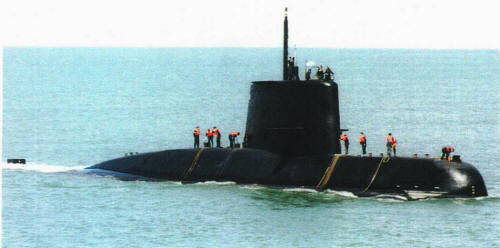
NAVYPEDIA
 Support the project with paypal
Support the project with paypal
Photo

Santa Cruz 2002 Many thanks to Wolfgang Stöhr for additional information on this page.
Ships
| Name | No | Yard No | Builder | Laid down | Launched | Comm | Fate |
|---|---|---|---|---|---|---|---|
| Santa Cruz | S41 | 463 | Thyssen Nordseewerke, Emden, West Germany | 6.12.1980 | 28.9.1982 | 14.12.1984 | in service (2019) |
| San Juan | S42 | 465 | Thyssen Nordseewerke, Emden, West Germany | 18.3.1982 | 20.6.1983 | 18.11.1985 | lost 15.11.2017 |
| Santa Fé | S43 | Thyssen Nordseewerke, Emden, West Germany // Domecq García Yd, Buenos Aires | 4.10.1983 | --- | --- | suspended 1986 | |
| Santiago del Estero | S44 | Thyssen Nordseewerke, Emden, West Germany // Domecq García Yd, Buenos Aires | 5.8.1985 | --- | --- | suspended 1986 |
Technical data
| Displacement standard, t | 1770 |
|---|---|
| Displacement normal, t | 2150 / 2356 |
| Length, m | 65.9 |
| Breadth, m | 7.30 |
| Draught, m | 6.50 |
| No of shafts | 1 |
| Machinery | 4 MTU 16V652 MB80 diesel-generators, 1 Siemens electric motor |
| Power, h. p. | 6720 / 8980 |
| Max speed, kts | 15 / 25 |
| Fuel, t | diesel oil 319 |
| Endurance, nm(kts) | 14000(8) / 460(6) |
| Armament | 6 - 533 TT (bow, 22) |
| Electronic equipment | Calypso IV radar, CSU-3/4 sonar suite, DUUX-5 sonar, Sea Sentry III ECM suite, SINBADS CCS |
| Complement | 30 |
| Diving depth operational, m | 300 |
Standard scale images

Santa Cruz 1990
Graphics
Project history
Contracted on 30 November 1977. Initially Argentina was to acquire four Type 1700s and two TR 1400s (a smaller version), but in 1982 the order was changed to six of the larger type. First two German-built boats completed and delivered in 1984-85, while other two being built in Argentina (from 80%-prefabricated German-built parts) were suspended pending funding and in 1986 permission was given by German partner to sell all these submarines to a third country, but buyer was not found. Their building readiness was 52% for S43 and 30% for S44 in 1994. Planned building of S45 and S46 was never begun. These are very advanced and fast diesel-electric submarines. Fitted with torpedo auto-reload system allowing the reloading of the torpedo tubes in 50 seconds. Endurance is 30 days.
Modernizations
None.
Naval service
San Juan was lost 15.11.2017 off South Atlantic coast of Argentina by unknown cause.
Many thanks to Wolfgang Stöhr for additional information on this page.
 HOME
HOME FIGHTING SHIPS OF THE WORLD
FIGHTING SHIPS OF THE WORLD ARGENTINA
ARGENTINA SUBMARINES
SUBMARINES SANTA CRUZ submarines (1984-1985)
SANTA CRUZ submarines (1984-1985)
